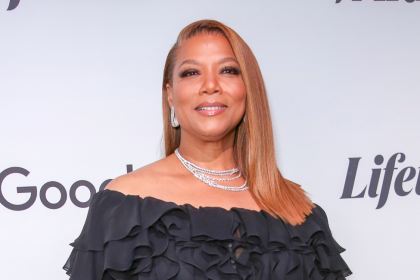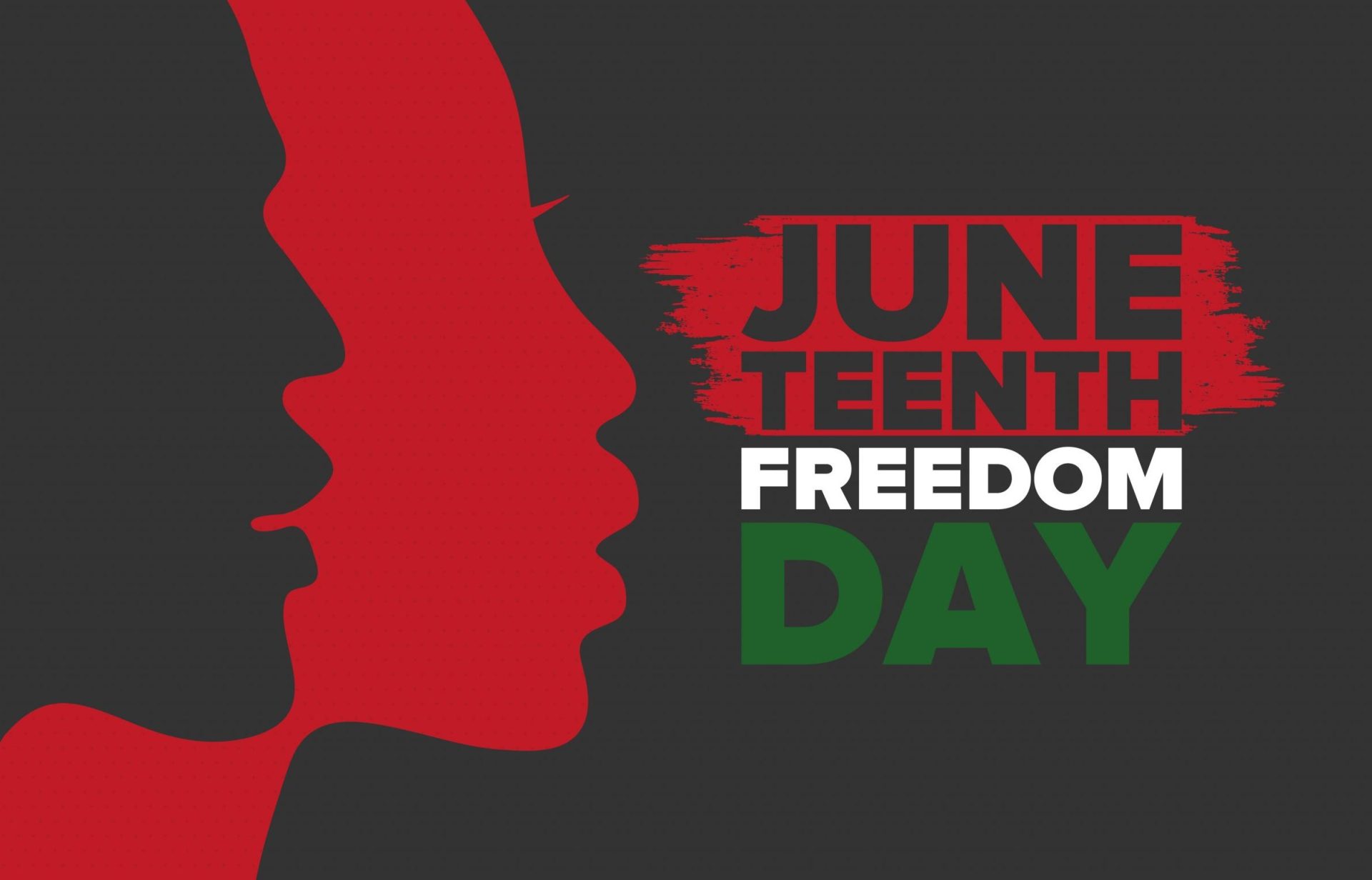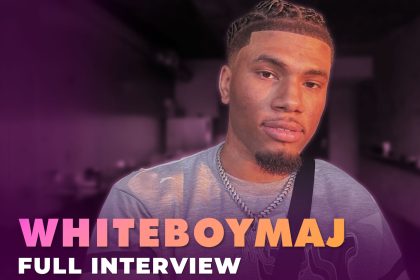Digital platforms reshape African American storytelling and community building in unprecedented ways
The transformation of African American media representation over the past half-century reveals a profound shift from marginalized voices to empowered storytelling platforms. This evolution demonstrates how targeted media can reshape cultural narratives while building stronger community connections across generations.
The foundation of authentic representation
Traditional mainstream media historically presented limited and often problematic portrayals of African American experiences. These representations frequently relied on stereotypical characterizations that failed to capture the complexity and diversity within Black communities. The need for authentic voices became increasingly apparent as audiences demanded more nuanced storytelling that reflected their lived experiences.
The emergence of dedicated African American media outlets addressed this gap by creating spaces where Black stories could be told without compromise. These platforms prioritized authenticity over broad market appeal, establishing trust with audiences who had long felt underserved by conventional media options.
Publications focused on African American experiences began filling crucial information gaps, covering topics ranging from beauty and wellness specifically tailored to Black women to political coverage that centered community concerns. This targeted approach proved that specialized media could thrive by serving specific demographic needs rather than attempting to appeal to everyone.
Digital transformation and community building
The transition from print to digital platforms fundamentally altered how African American media operates and engages with audiences. This shift enabled more interactive relationships between content creators and consumers, fostering genuine community dialogue around shared experiences and concerns.
Social media integration became essential for reaching younger demographics who consume information differently than previous generations. These platforms allowed for real-time feedback and conversation, creating dynamic relationships that traditional print media could never achieve.
Video content emerged as particularly powerful for storytelling within African American media. Visual narratives could convey emotional depth and cultural nuances that written content sometimes struggled to capture, making stories more accessible and engaging for diverse learning styles.
Community events and offline engagement
Despite digital growth, successful African American media platforms recognized the importance of face-to-face community building. Large-scale cultural celebrations and festivals became integral components of media strategy, creating opportunities for audiences to connect beyond screen interactions.
These events serve multiple purposes: they generate revenue, strengthen brand loyalty, and provide platforms for emerging artists and thought leaders. Music festivals, empowerment conferences, and networking events create comprehensive ecosystems that extend far beyond traditional media consumption.
The integration of entertainment, education, and community service at these gatherings demonstrates how modern media companies must think holistically about audience engagement. Success requires understanding that audiences seek connection and belonging alongside information and entertainment.
Shifting demographics and evolving expectations
African Americans between ages 18 and 49 represent a particularly influential demographic for media companies, as this group combines significant purchasing power with high digital engagement rates. Their media consumption patterns often predict broader trends that eventually influence mainstream markets.
This demographic demonstrates sophisticated media literacy, quickly identifying authentic content while rejecting messaging that feels manufactured or disconnected from their experiences. They expect media companies to understand cultural nuances and address topics that matter to their daily lives.
Content preferences and platform loyalty
Younger African American audiences gravitate toward content that combines entertainment with education, particularly around topics like financial literacy, career advancement, and social justice. They appreciate platforms that acknowledge historical context while focusing on future opportunities and solutions.
Platform loyalty develops when media companies consistently deliver value while maintaining cultural authenticity. This audience rewards brands that invest in community development and use their influence to advocate for positive change rather than simply seeking profit.
The expectation for diverse representation extends beyond featuring Black faces to ensuring authentic perspectives in editorial decisions, business partnerships, and company leadership. Audiences increasingly research media companies’ internal practices and hold them accountable for maintaining values alignment.
Overcoming persistent challenges
Despite significant progress, African American media continues facing obstacles that limit growth potential and community impact. Funding disparities compared to mainstream media outlets create resource limitations that affect content quality and distribution reach.
Advertising revenue challenges persist as some brands remain hesitant to fully invest in African American media properties. This reluctance stems from outdated assumptions about market size and purchasing power that data consistently contradicts.
Innovation and adaptation strategies
Successful African American media companies have learned to diversify revenue streams beyond traditional advertising models. Subscription services, premium content offerings, and direct community support provide more stable financial foundations.
Partnerships with educational institutions, nonprofit organizations, and community groups create content opportunities while serving broader social purposes. These collaborations often generate unique storytelling angles that distinguish African American media from mainstream alternatives.
Technology adoption remains crucial for competing effectively in crowded digital spaces. African American media companies that embrace emerging platforms and distribution methods often gain competitive advantages over slower-moving mainstream competitors.
Future opportunities and community impact
The next phase of African American media evolution will likely emphasize international connections and cross-cultural storytelling. Global perspectives can enrich domestic content while expanding audience reach beyond traditional geographic boundaries.
Emerging technologies like podcasting, streaming services, and virtual reality present new storytelling opportunities that could revolutionize how African American stories are shared and experienced. Early adoption of these technologies could provide competitive advantages for forward-thinking media companies.
Mentorship and industry development
Established African American media platforms increasingly serve as launching pads for emerging talent, creating pipelines that strengthen the entire industry ecosystem. This mentorship approach ensures continuity while bringing fresh perspectives to established brands.
The success of African American media ultimately depends on continued community support and recognition of its vital role in preserving culture while driving social progress. As these platforms continue evolving, their influence on broader media landscapes becomes increasingly undeniable.
















